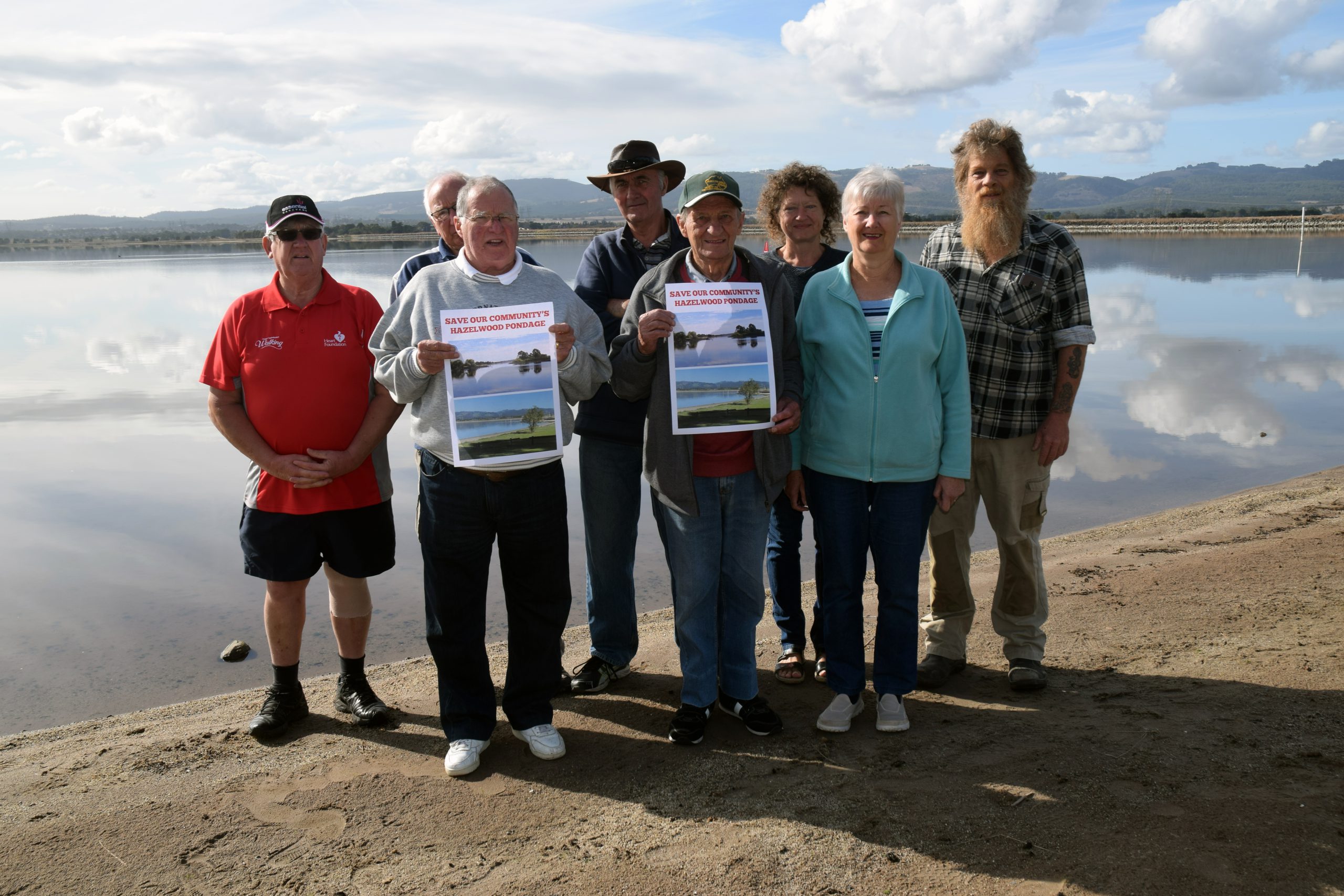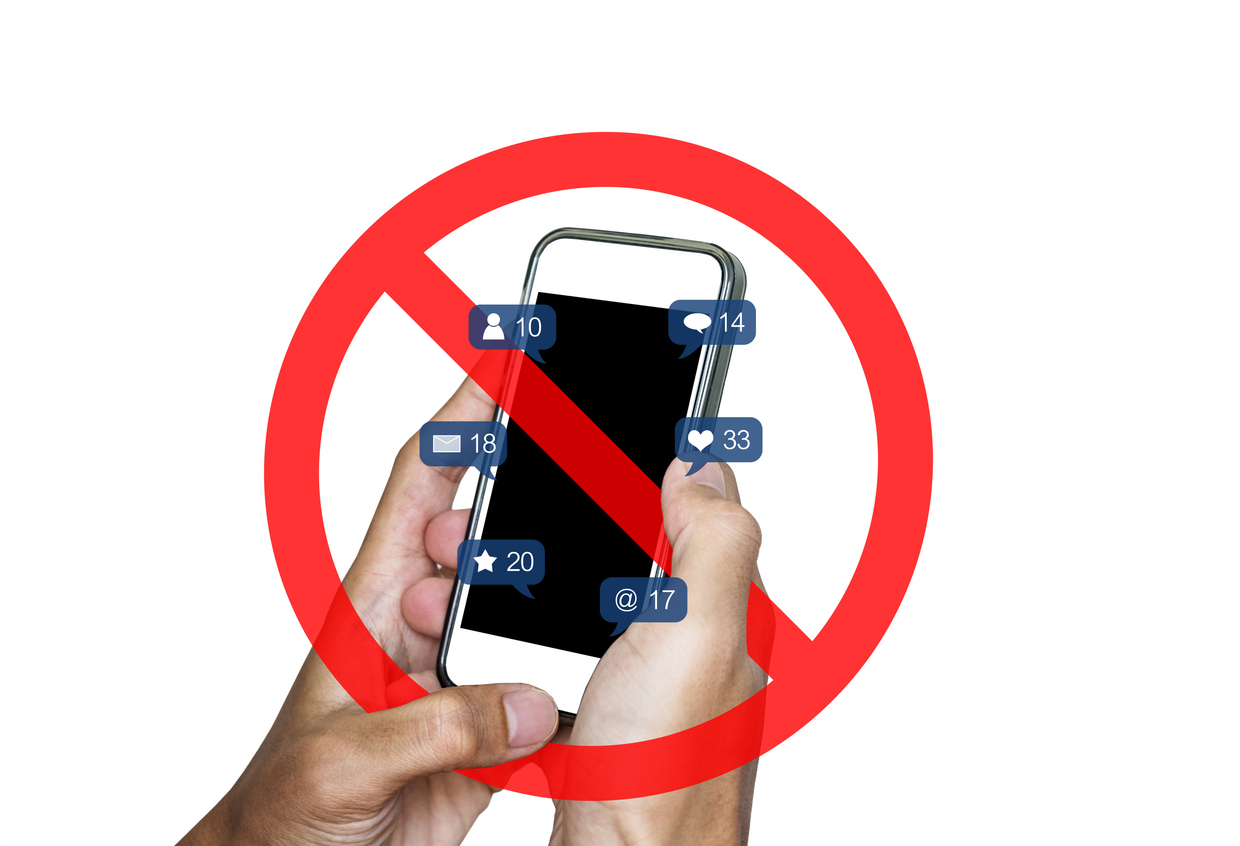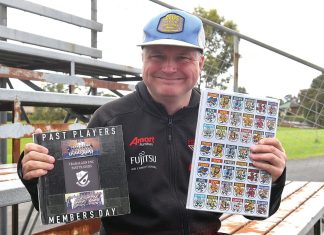By DAVID BRAITHWAITE
YOUTUBE will be included in the federal government’s social media ban for children aged under 16 years.
The government have previously excluded the video sharing site from the ban, which will include TikTok, Instagram, Facebook, X (Twitter) and Snapchat and begin in December.
According to the government, delaying access to social media until the age of 16 will “protect young Australians at a critical stage of their development, giving them three more years to build real world connections and online resilience”.
Following extensive consultation and advice, age-restricted social media platforms will face fines of up to $49.5 million for failing to take responsible steps to prevent underage account holders onto their services.
Informed by advice from the eSafety Commissioner, the Online Safety (Age-Restricted Social Media Platforms) Rules 2025 tabled in Parliament specifies which types of online services will not be captured by the social media legislation, including online gaming, messaging apps, health and education services.
These types of online services have been excluded from the new minimum age obligations because they pose fewer social media harms to under 16s, or are regulated under different laws.
From December 10, all services that meet the definition of ‘age-restricted social media platform’ in the act, and are not excluded in the rules, will be subject to the social media minimum age law.
Age restricted social media accounts are defined as services that allow users to interact and post material.
ESafety Commissioner Julie Inman Grant last month recommended YouTube be added to the ban as it was “the most frequently cited platform” where children aged 10 to 15 years saw “harmful content”.
Prime Minister Anthony Albanese said social media was doing harm to children.
“There is no doubt that Australian kids are being negatively impacted by online platforms so I’m calling time on it,” he said.
Communications Minister Anika Wells said the government was giving children a reprieve from the “persuasive and pervasive pull of social media while giving parents peace of mind”.
“We want kids to know who they are before platforms assume who they are,” she said.
“There is no one perfect solution when it comes to keeping young Australians safer online – but the social media minimum age will make a significantly positive difference to their wellbeing.”
Senior lecturer at the La Trobe University School of Education, Dr Alexia Maddox, said including YouTube in the ban created consistency by removing special exemptions, but may inadvertently discourage educators from using valuable educational content.
“The policy also means young people lose access to safety features like content moderation and reporting tools, while parents lose access to parental controls, when children access the platform without accounts – which they can still do under these rules,” she said.
Finley Watson, a PhD candidate in politics at La Trobe, said the proposed ban “would limit participation opportunities on the second most used platform for news consumption in Australia, while potentially driving younger Australians towards sites of fringe political communication, particularly those associated with gaming platforms”.
While the federal opposition is supportive of the age minimum for social media, shadow communications minister Melissa McIntosh said removing the exemption on YouTube was a broken election promise.
“The Prime Minister and the Labor government reaffirmed YouTube’s exemption before the election. They gave YouTube an iron-clad guarantee they would remain exempt,” she said.
“It makes you question what has really changed behind the scenes in the government on this issue, and whether it was an election stunt.”











